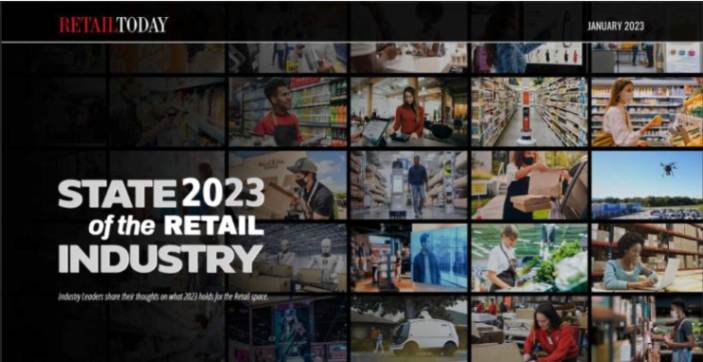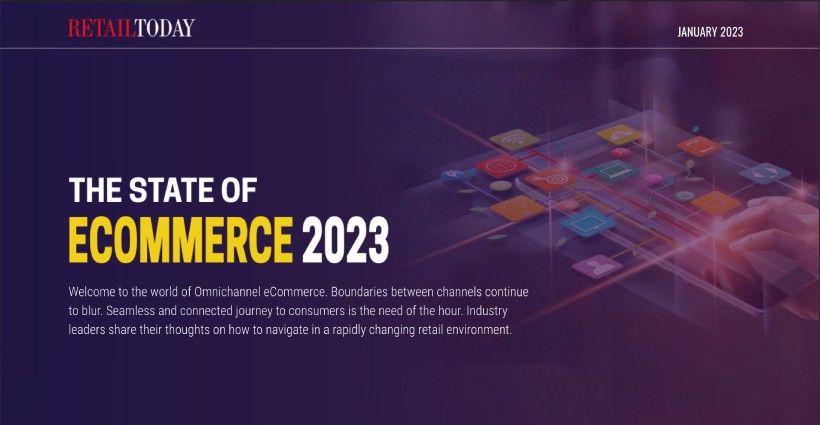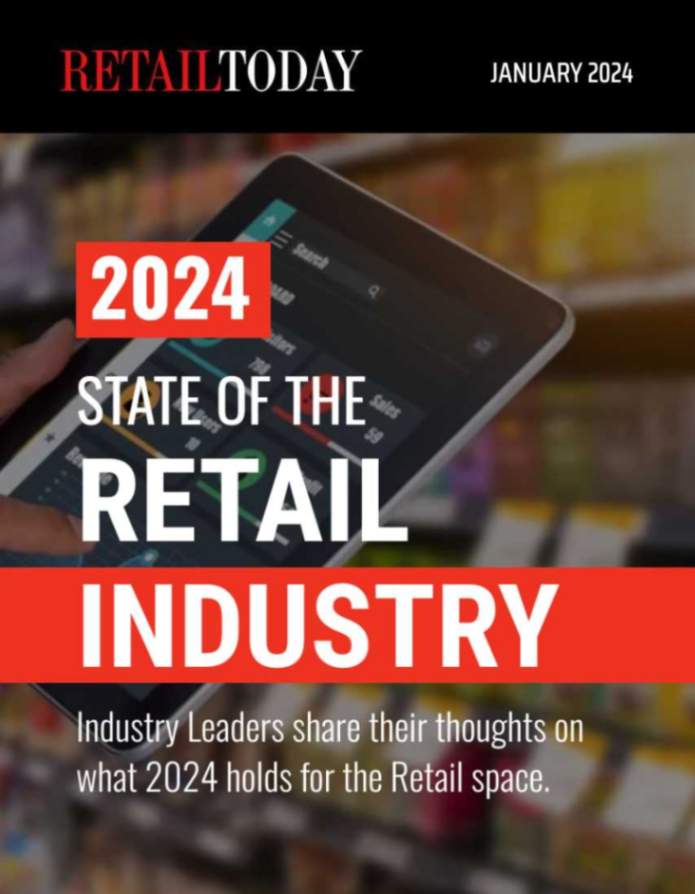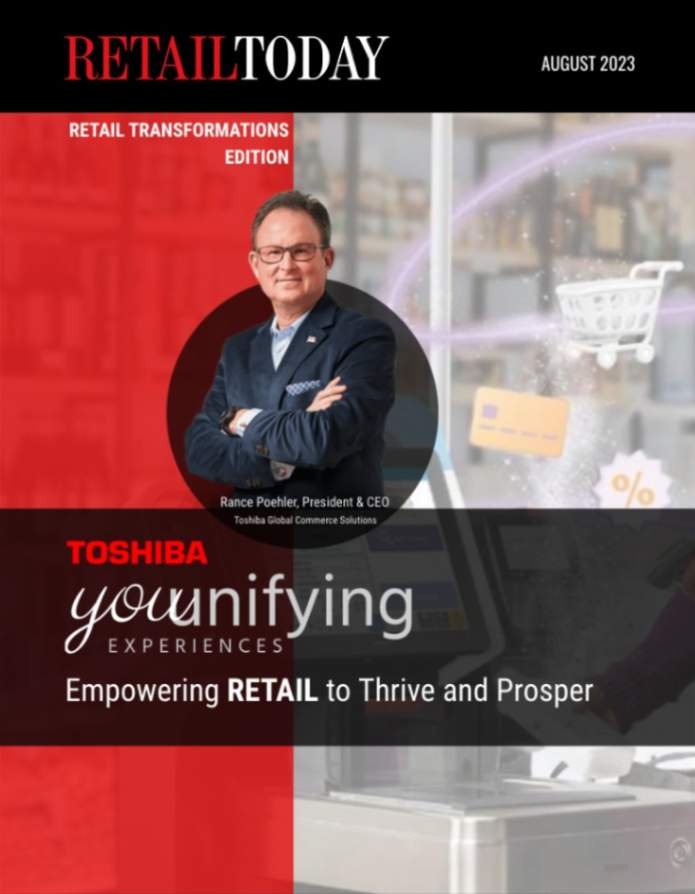
Weatherhead School of Management, Case Western Reserve University
The festive season brings hope and happiness to consumers and retailers alike. As consumers stock up for gifting and celebration, retailers look forward to significant sales every holiday season, and this year, surveys indicate more spending by holiday shoppers compared to last year.
Here are five things for retailers to keep in mind this holiday season:
1. Early shoppers and a shorter shopping period to promote deals and discounts: Shopping began in October, and this year’s shopping period is expected to be 5.8 weeks, compared to 7.4 weeks in 2019 (Deloitte Survey). Not only are holiday shoppers spending more on average ($1,652) (higher than last year according to the Deloitte Survey), half (49%, per a KPMG Survey) are looking for more and better deals throughout the Black Friday Cyber Monday (BFCM) period, including 29% who plan to shop even on Thanksgiving Day. A third of holiday spending budgets are being assigned by 78% of consumers for the BFCM period, which will also see high budget shoppers/spenders (27% of shoppers) account for 68% of all holiday shopping (per Deloitte Survey).
Marketing Insight: The Weber Fechner Law of Pricing implies that discounts are viewed as a proportion of the actual price and not as an absolute monetary amount, so a higher proportionate discount will lead to higher purchase intent ( i.e., a $5 deal on a $15 product is a 33% discount that is likely to seem more appealing than a $5 discount on a $125 product, since that works out to a 4% discount). Managing price perceptions is very important, as 87% of shoppers feel promotions, rebates and coupons will be important in purchasing decisions (per Adweek).
2. This year there is a 70:30 (instead of an 80:20) rule, with about 30% of high budget shoppers accounting for about 70% of holiday sales in categories such as consumer electronics, health and wellness products and high quality products in general ( Deloitte Survey).
Marketing Insights: Deals and promotions should target these product categories while ensuring quality products get more shelf space and limelight (since they have greater appeal to big spenders) and ensuring that products are advertised not simply for gifting but also for self-gifting (which is an expected trend this season with 75% of shoppers planning on splurging on themselves per the Deloitte Survey). High-budget shoppers are evenly distributed between men and women, so high quality products for both segments are likely to be popular gift items. Richard Thaler’s mental accounting concept implies that shoppers have unofficial mental accounts or buckets that they allocate to all purchases including holiday purchases, so it is worthwhile to include reasons for purchasing specific products when advertising deals by stating reasons such as “the perfect gift for your friends, family or yourself,” “A gift worthy of the generous gift giver” etc. Research has also found that offering a functional alibi (a utilitarian aspect of a high-priced product, such as an insulated pocket for a baby’s milk bottle, in a high-priced handbag) helps justify its purchase for those initially unwilling to splurge on themselves.
3. Shopping both online and In-store should be seamless and consistent in offers and prices: Holiday shoppers are showing a preference for an omni channel approach ( i.e. combining in-store and online shopping) to access a wider variety of products. Online purchases are spurred by fears of a COVID resurgence (KPMG Survey) while In store purchasing is approaching or exceeding pre-pandemic levels. About 40% of high spenders prefer in-store shopping (Deloitte Survey).
Marketing Insight: Having a seamless and consistent experience both in-store and online is essential to the purchase decision so that shoppers don’t abandon a purchase decision due to second guessing the prices and deals they find whether in-store or online.
4. Shipping: This year’s popular shipping option is “ship to home” according to PWC, as a majority of shoppers seek an assurance that their orders will arrive on time and be accompanied by the peace of mind that comes from being able to track a shipment, get proof-of-delivery and avail the convenience of flexible delivery times. The Deloitte Survey mentions that 80 % of shoppers are willing to meet a minimum threshold expenditure to get free shipping and that 60 % stated that if they came across hidden shipping costs before checkout, they would abandon purchase. The Deloitte Survey further mentions that most shoppers are willing to spend $40 to qualify for free shipping whereas retailers on average are offering free shipping on minimum expenditures of $64.
Marketing Insight: Shipping in the holiday season has long been known as a pain point for retailers and consumers alike. Since retailers bank on sales in this season, it makes a lot of sense to focus on ways to ensure transparent shipping costs and shipping that arrives on time and can be tracked and scheduled per the shopper’s convenience. Retailers who manage to address this issue will gain tremendously in terms of sales. The right delivery at the right place and time is all important in the festive season, as 40 % of consumers will change their choice of a brand purchase if their purchase is likely to arrive late (PWC ). Retailers can seek brand shipping discounts to ease shipping expenses.
5. Factors that will attract shoppers include : personalized offers for deals and product recommendations (69% of shoppers expect this), and availability of in person/live human customer service (per the USChamber.com)
Marketing Insight: Using digital tracking of cookies and other means such CRM /customer loyalty data to offer personalized deals is a great way to appeal to the right consumers with the right value proposition. Rewarding loyal customers with deeper and exclusive discounts is a great way to retain and grow customer loyalty. The Deloitte Survey found that 76% of consumers always shop at their favorite retailer. The importance of human customer service in ensuring quick and easy customer satisfaction with purchases is paramount in any shopping season as it helps to ease concerns and address problems. Most shoppers prefer a one stop solution when it comes to consumer service.
Retailers who understand their target markets and current shopping trends can respond with good marketing strategy that will surely allow them to enjoy the fruits of their efforts.
Somali Ghosh is an associate professor in the Department of Design and Innovation at the Case Western Reserve University Weatherhead School of Management. Ghosh teaches marketing management, brand management and strategic internet marketing. Somali’s research interests lie in inter-firm relations, marketing research methodology and consumer behavior – especially relating to cultural issues.






